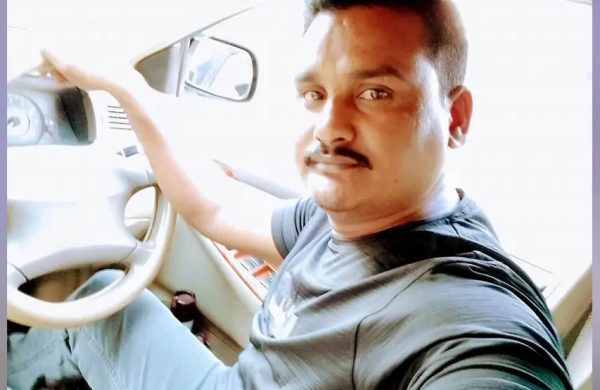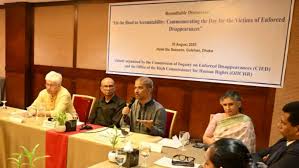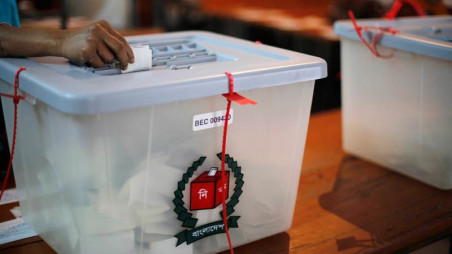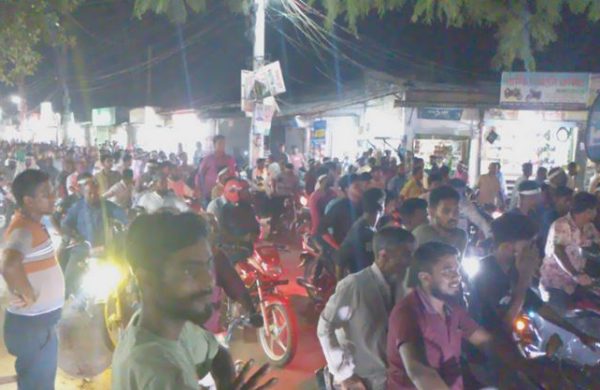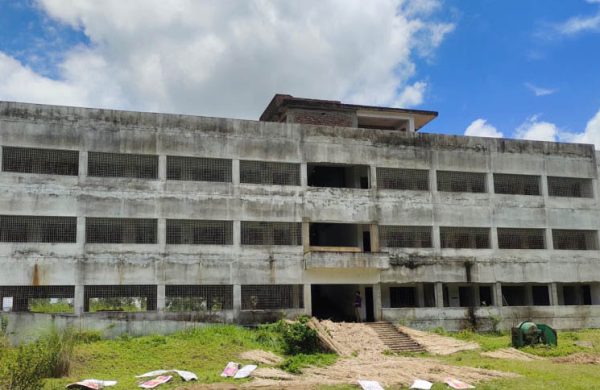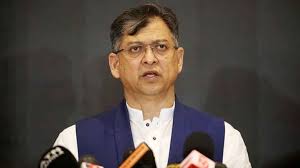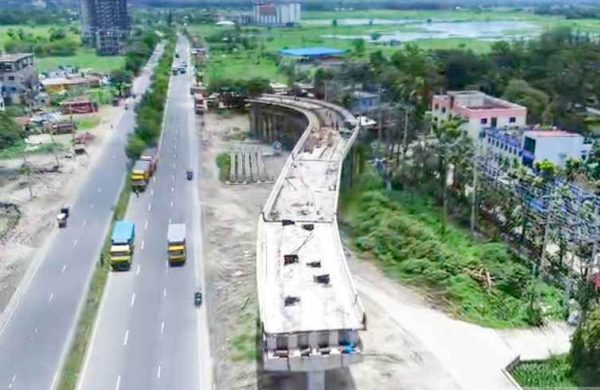How to get relief from ambulance mafia?
- Update Time : Saturday, August 30, 2025
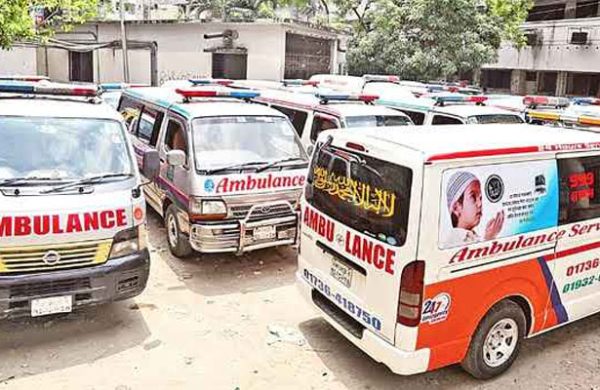
TDS Desk:
In the critical moments of a medical emergency or sudden accident, the very service meant to save lives—the ambulance—often becomes another source of dismay. At the gates of major public and private hospitals, from the capital to the divisional cities, an invisible fortress has been created. It is controlled by a vicious syndicate that holds ambulance services in a stranglehold, exploiting vulnerable patients and their families through exorbitant fares, deliberate delays, and dangerously substandard care.
This “ambulance mafia,” thriving in a vacuum of regulation, coordination, and clear policy, has twisted a life-saving service into a predatory enterprise. If Bangladesh is to achieve universal health coverage, it has no choice but to dismantle the exploitative market forces. The question is, how?
How political will, combined with technology, can transform a nation’s emergency healthcare is brilliantly demonstrated by Sri Lanka’s Suwaseriya 1990 service. Launched less than a decade ago, the system operates under a single national emergency hotline (1990). When a citizen calls, the request is routed to a central command centre. There, a digital dispatch system and artificial intelligence (AI) analyse the patient’s location, traffic conditions, and the real-time availability of nearby ambulances. The system ensures that the ambulance dispatched is not merely the closest, but the one that can arrive the fastest.
The most revolutionary feature of this service is that it is provided completely free of charge to all citizens. Having already served millions, Suwaseriya has made emergency healthcare a universal right, effectively neutralising the syndicates that once preyed on helpless patients. When the state guarantees a superior service at no cost, the business model of exploitation simply collapses. Even amid its recent economic crisis, Sri Lanka has found ways to sustain this vital service.
Pakistan, though with a different approach, has implemented two highly effective models that have successfully curbed the monopoly of such syndicates. The first is the state-run Rescue 1122 service, similar in concept to Bangladesh’s 999. It boasts an average emergency response time of just seven minutes, a critical factor in saving lives. Crucially, Rescue 1122 is not just a transport service. The state has invested heavily in developing the professional skills of its paramedics, who are trained to begin critical care at the scene and stabilise patients during transit, ensuring the proper use of the “golden hour.”
The second model is the Edhi Foundation in Pakistan, which operates he world’s largest volunteer ambulance network, funded entirely by donations. Without any government assistance and running on public trust alone, the Edhi Foundation provides free or nominal-cost ambulance services across the country. The combined presence of the state-run Rescue 1122 and the citizen-funded Edhi Foundation has drastically curtailed the space for exploitative private syndicates to operate.
Beyond large-scale state or institutional initiatives, smaller but equally instructive examples exist globally. In Laos, the capital city is served by Vientiane Rescue, a completely volunteer-run ambulance service. Founded by a group of young citizens, the organisation proves that even with limited resources, a high-quality emergency service can be delivered through social commitment and goodwill alone.
Drawing on these international experiences, Bangladesh can forge an integrated action plan for its ambulance services, addressing operations, funding, and public trust.
- A unified and modern system
The first step must be to establish a single, toll-free national ambulance hotline that integrates all public and private ambulances into one network. This would immediately end reliance on the brokers and syndicate members who linger at hospital gates.
The ambulance fleet must be diversified to match the country’s realities. For the gridlocked streets of Dhaka and Chattogram, “motorcycle ambulances” staffed by trained paramedics could provide rapid first response. Similarly, for the haor, char, and flood-prone rural areas, “boat ambulances” are not a luxury but an absolute necessity.
Most importantly, a national training and certification programme must be launched to upskill ambulance drivers into qualified paramedics. This will ensure patients receive life-saving pre-hospital care, not just a ride to the hospital.
- 2. A sustainable funding model
The state must take primary financial responsibility. For life-threatening emergencies—such as maternal crises, road accidents, heart attacks, and strokes—the ambulance service should be entirely free. In other cases, the government can set a maximum fare cap based on distance and the level of care required, protecting patients from extortionate pricing.
In the long term, ambulance services should be integrated with health insurance schemes. Furthermore, inspired by Pakistan’s Edhi model, a central trust could be established, funded through corporate social responsibility (CSR) initiatives, Zakat, and public donations.
- RECLAIMING PUBLIC SERVICE
An ambulance must be treated as a citizen’s right, not a commercial product. Syndicates thrive on human helplessness—the panic when a loved one is on their deathbed, in labour, or bleeding on a roadside. To combat this parasitic trade, the government must do more than just enforce laws and provide subsidies; it must earn the public’s trust.
A nationwide awareness campaign should encourage citizens to call the official hotline instead of turning to brokers. To embed the idea of the ambulance as a public asset, pilot programmes establishing community-based services—perhaps in partnership with organisations like the Red Crescent—could be launched.
Simultaneously, local administration and the Directorate General of Health Services (DGHS) must actively monitor the quality of service and ensure that exemplary punishment is handed down to anyone involved with the syndicates.
Dismantling Bangladesh’s ambulance syndicates is a formidable challenge, but it is not an insurmountable one. Countries around the world have proven that a reliable and humane emergency transport system can be built even with limited resources. In an emergency, every second is precious. The time to act is now.


